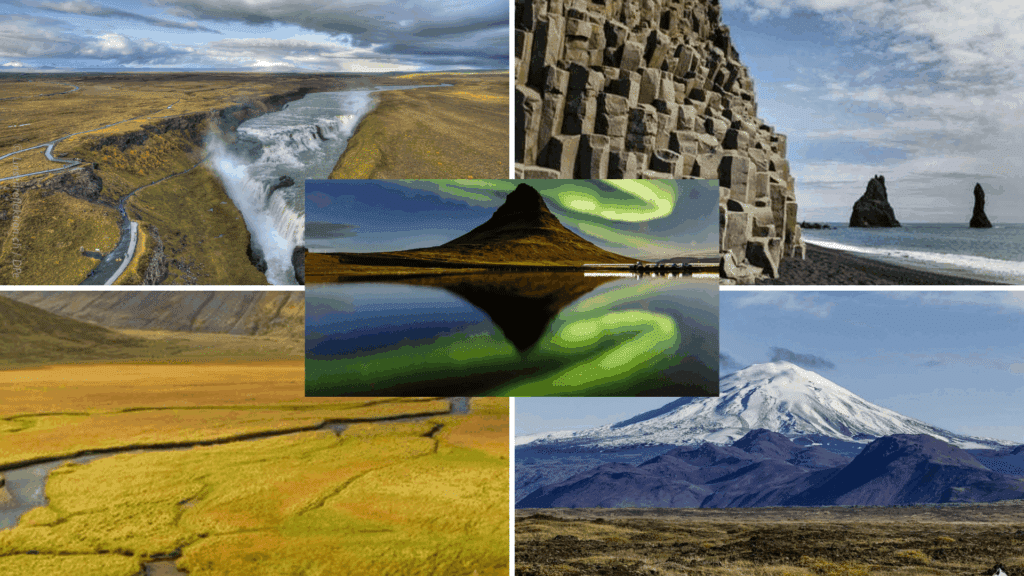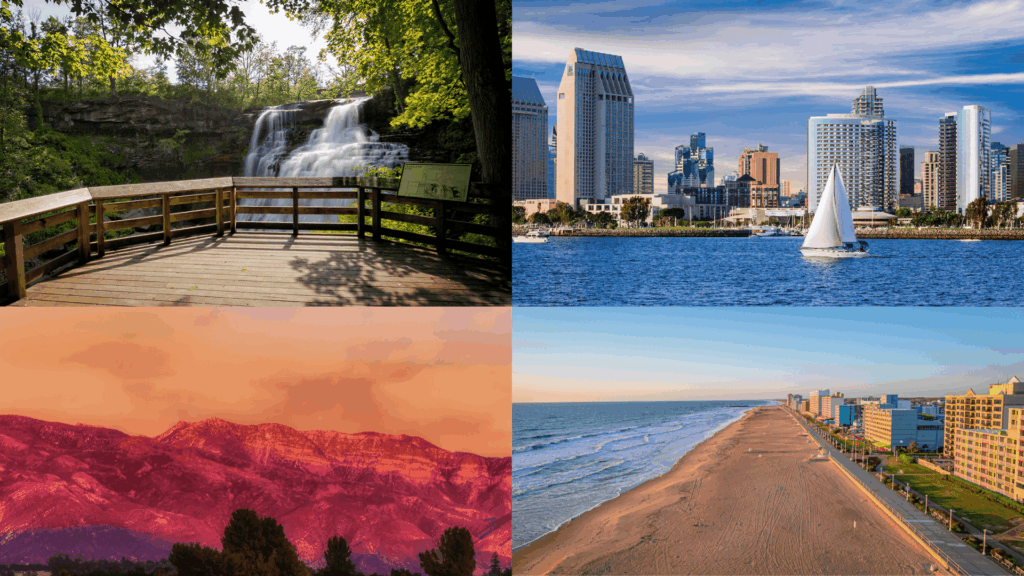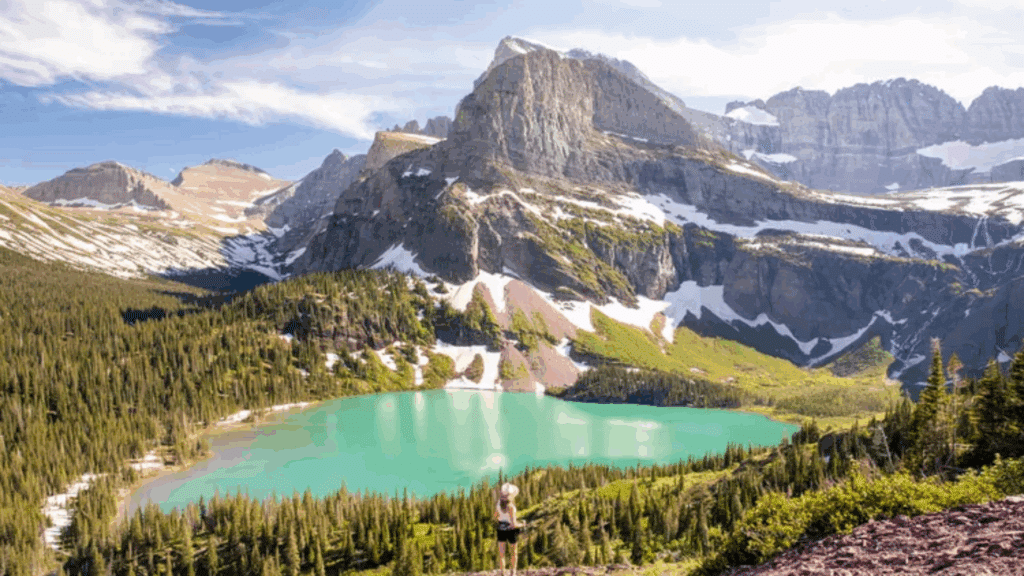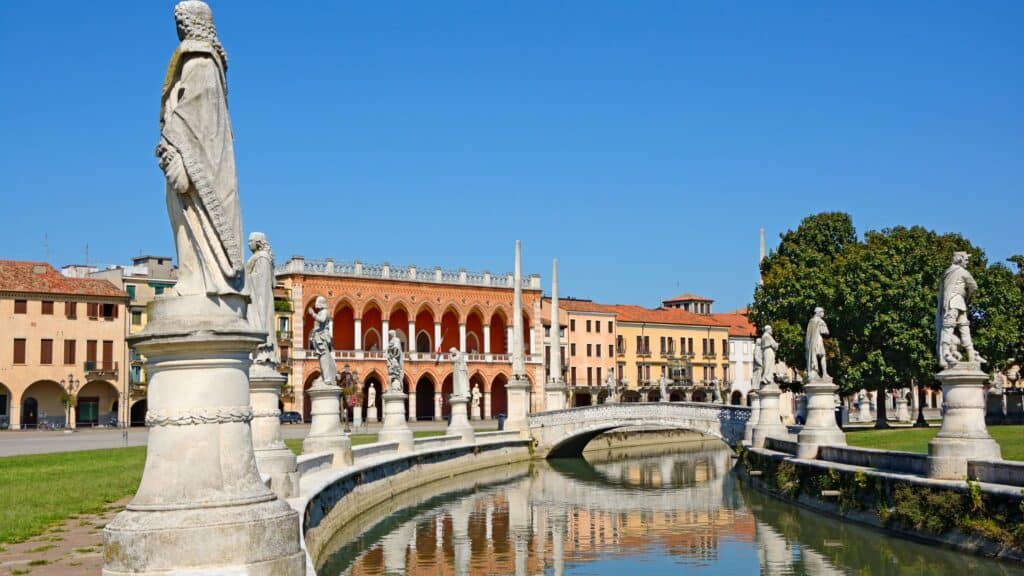Ever wondered where those jaw-dropping pale peaks from Instagram photos are located?
The Dolomites stand as one of Europe’s most stunning mountain ranges, rising dramatically from northeastern Italy’s landscape.
These UNESCO World Heritage peaks aren’t just beautiful, they’re a paradise for outdoor enthusiasts, spanning three distinct provinces.
Planning a trip but unsure about the weather and timing? You’re not alone. Many travelers struggle with when to visit and what to expect from this alpine climate.
This guide reveals exactly where the Dolomites are located and breaks down their unique climate patterns.
You’ll learn the best travel seasons, essential packing tips, and how to get there from major cities. By the end, you’ll have everything needed to plan your perfect Dolomites experience.
Quick Facts to Inspire Your Dolomites Trip
| Fact | Details |
|---|---|
| Name Origin | Named after French mineralogist Déodat Gratet de Dolomieu |
| UNESCO Status | Declared a UNESCO World Heritage Site in 2009 |
| Wildlife | Home to ibex, marmots, and golden eagles |
| Languages Spoken | Italian, German, and Ladin (an ancient Romance language) |
| WWI History | Some peaks and tunnels were battle sites during World War I |
| Via Ferrata Origins | The Dolomites pioneered via ferrata (iron climbing routes) during the war |
| Film Location | Featured in movies like Cliffhanger and The Pink Panther |
| Largest Peak | Marmolada is the tallest mountain at 3,343 meters (10,968 ft) |
Where Are the Dolomites Located?
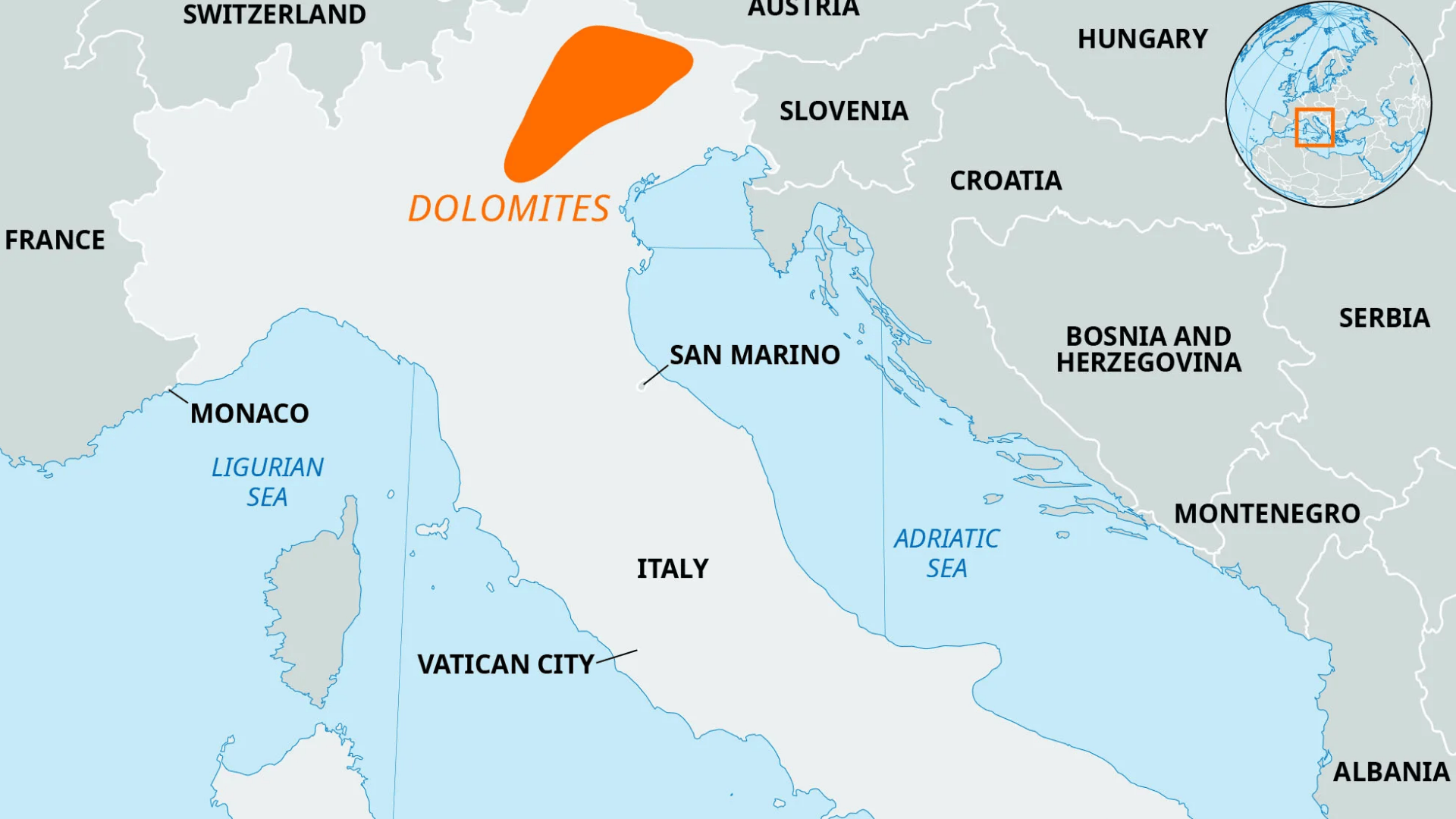
Source: britannica.com
The Dolomites sit in northeastern Italy, stretching across three distinct provinces that each offer their own character.
South Tyrol (Alto Adige) blends German and Italian cultures with bilingual signs and Austrian-style architecture.
Trentino speaks primarily Italian and showcases dramatic mountain landscapes dotted with vineyards.
Belluno, part of the Veneto region, charms visitors with traditional alpine villages and authentic Italian mountain culture.
Each province offers unique experiences, all set against the backdrop of breathtaking dolomite peaks that make this region so special.
Borders & Neighboring Countries
| Aspect | Details |
|---|---|
| Neighboring Country | Austria has, strong cultural influence on architecture, cuisine, and language. |
| Mountain Range | Southern Limestone Alps |
| Cultural Influence | Blend of Italian, Austrian, and Ladin traditions |
Proximity to Major Cities & Airports
- Venice sits just 2.5–3 hours away by car, making it the closest major city to the Dolomites.
- Milan requires a longer 4–5 hour drive, but offers excellent international flight connections.
- Innsbruck, Austria, offers the quickest access, being just 2 hours away, making it perfect for those flying into Austria.
- Nearest airports: Venice Marco Polo (VCE) offers the best balance of distance and flight options, while Verona Villafranca (VRN) serves as another Italian gateway, and Innsbruck (INN) works well for northern approach routes.
Geography of the Dolomites
The Dolomites are a striking mountain range in northeastern Italy, known for their jagged limestone peaks, deep valleys, and breathtaking alpine passes.
1. Main Mountain Ranges
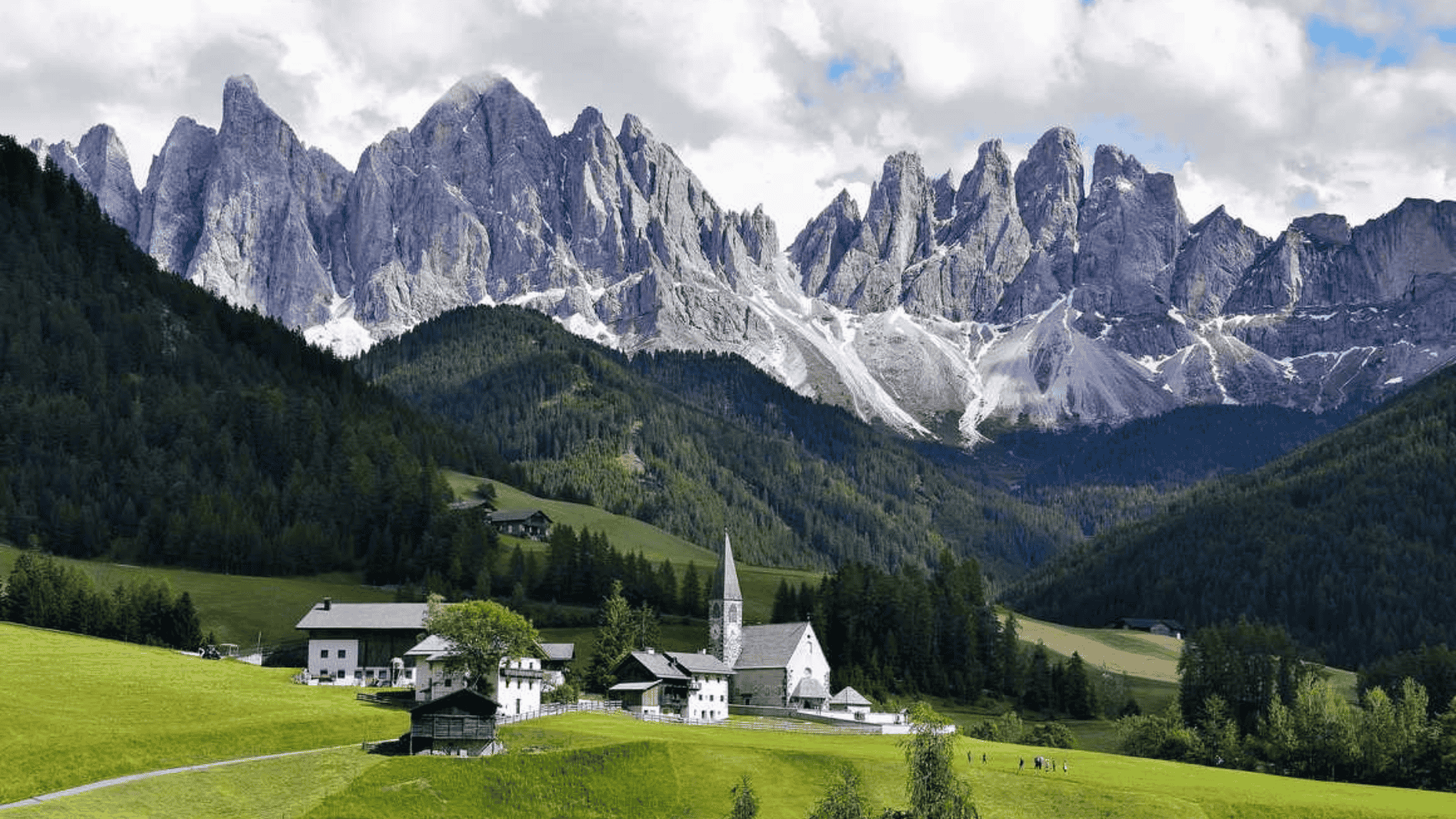
Source: kandooadventures.com
Marmolada stands as the queen of the Dolomites at 3,343 meters, earning its nickname “Queen of the Dolomites.”
This massive peak hosts glaciers and offers challenging climbs for experienced mountaineers. Tre Cime di Lavaredo features three distinctive towers that create the most photographed silhouette in the Alps. These iconic triple peaks draw climbers and hikers from around the world.
Sella Group forms a massive plateau that connects four valleys through high mountain passes. This circular mountain range offers some of the best scenic driving routes in the region.
Pale di San Martino displays jagged, sharp peaks that create dramatic skylines. These rugged mountains provide excellent hiking trails and via ferrata climbing routes.
2. Valleys & Scenic Passes
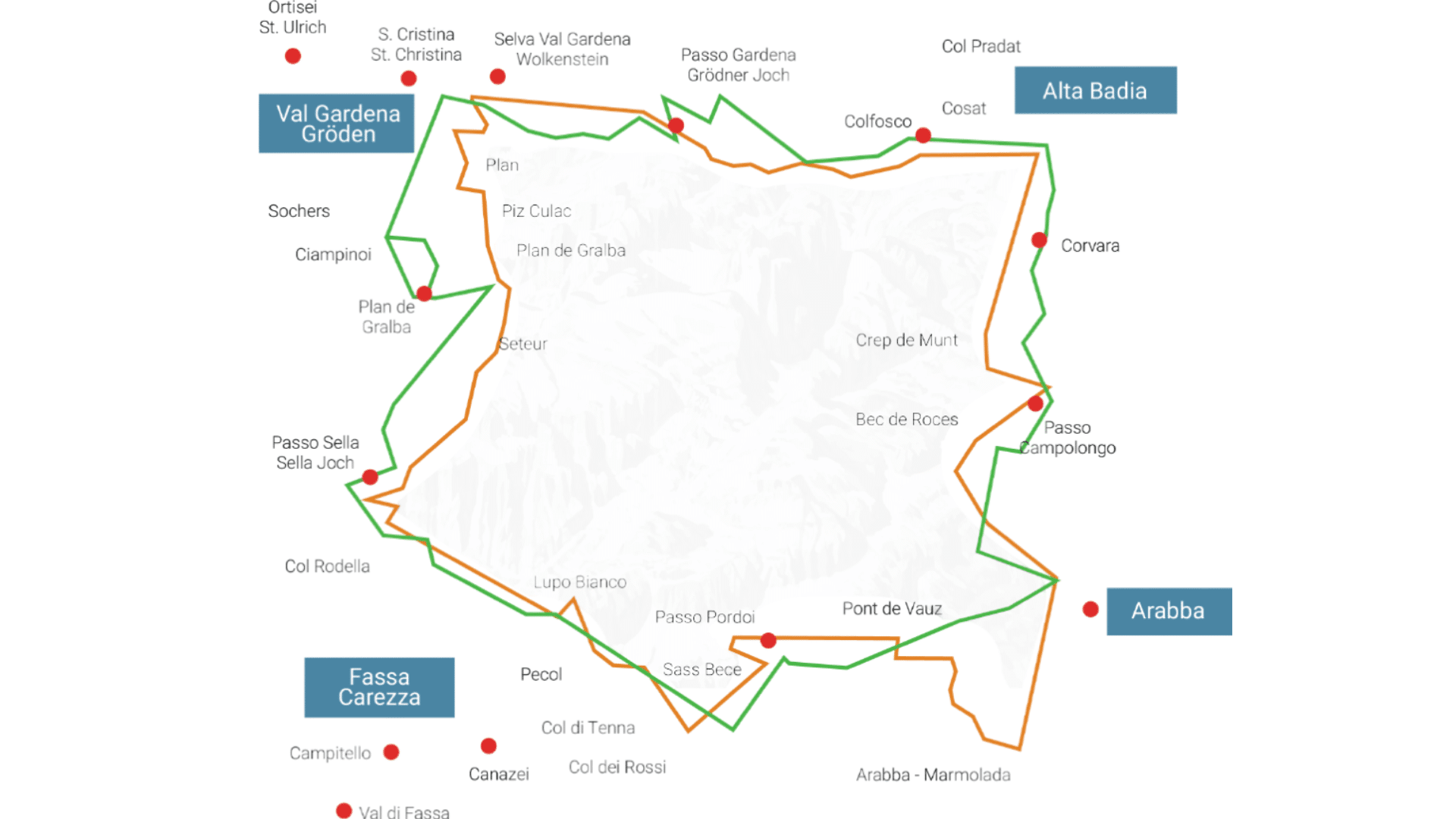
Source: sellaronda.info/en/
Val Gardena, Val di Fassa, and Val Badia form the heart of Dolomites culture and outdoor activities. These lush valleys host charming villages, ski resorts, and trailheads for mountain adventures.
Passo Sella, Passo Pordoi, and Passo Gardena connect these valleys through spectacular high-altitude roads. These mountain passes offer breathtaking views and access to alpine huts and hiking trails.
3. Unique Geology
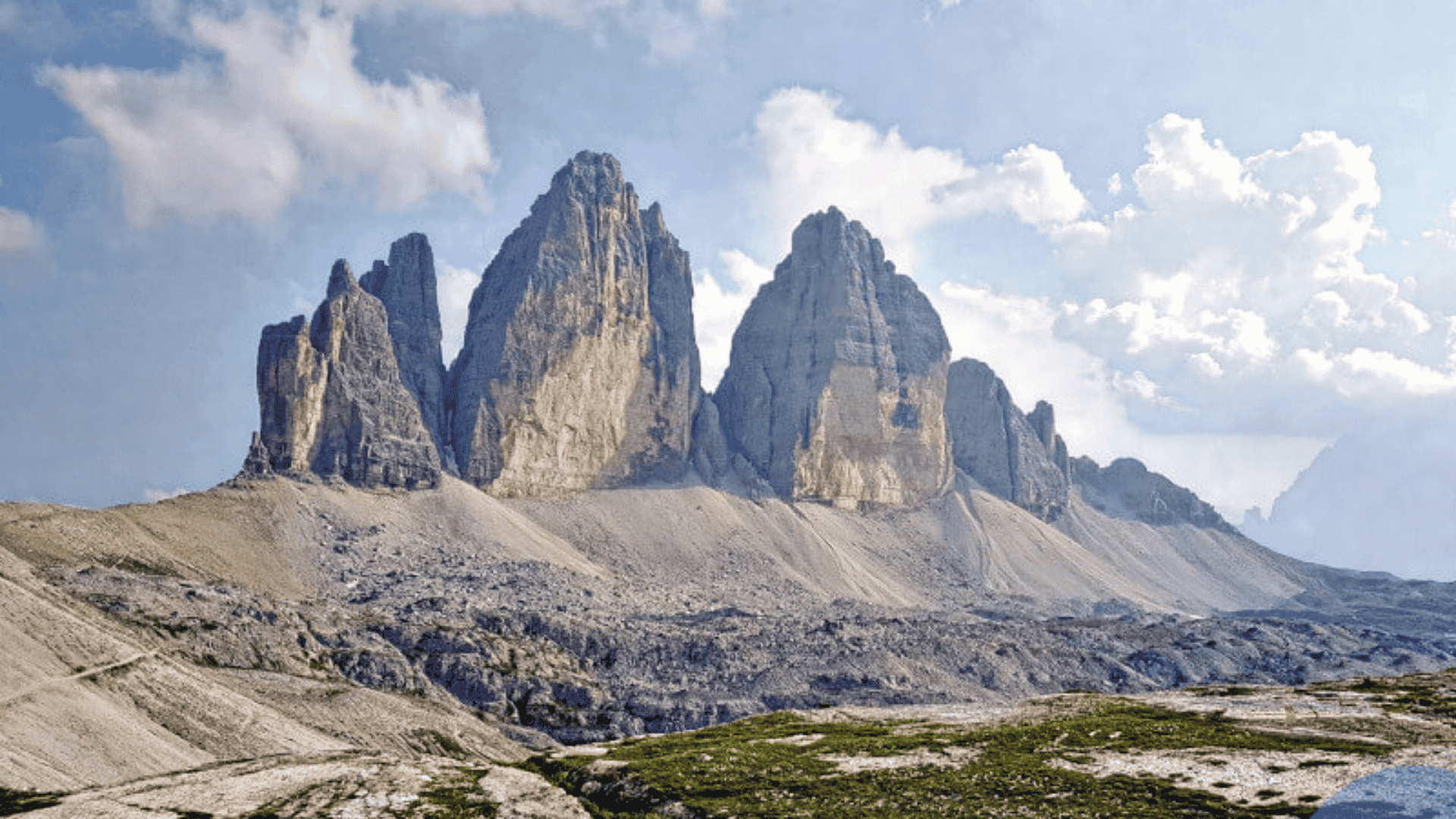
Source: ciaocortina.com
The Dolomites get their name from dolomite rock, a calcium-magnesium carbonate that gives the mountains their distinctive pale color.
This light-colored stone creates the famous “alpenglow” effect during sunrise and sunset. The region contains rich fossil deposits from ancient seas that covered this area millions of years ago.
These geological treasures tell the story of how tropical reefs became towering mountain peaks.
Climate of the Dolomites
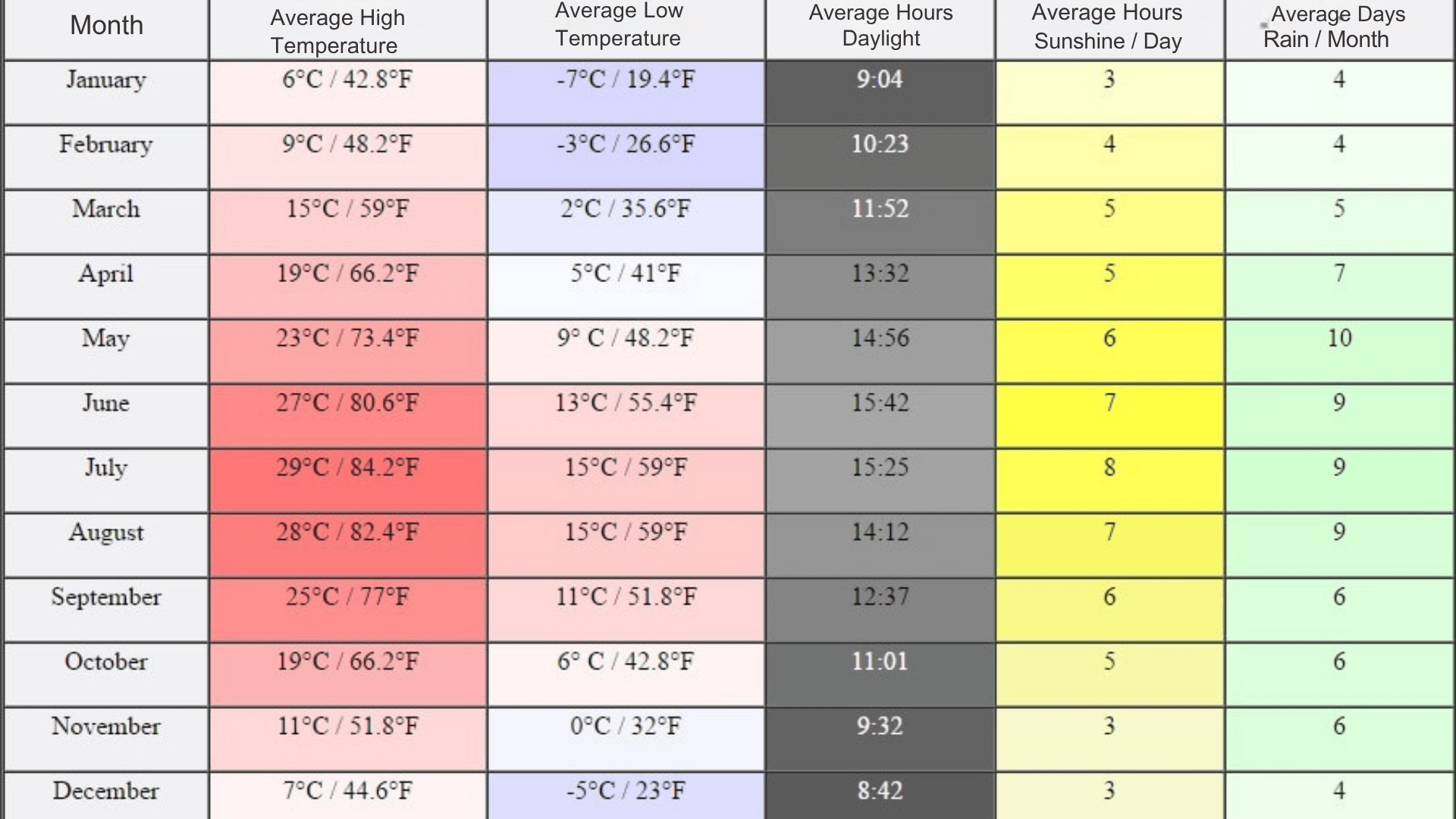
Source: guidedolomiti.com
1. Climate Type
The Dolomites experience a classic alpine climate with cold, snowy winters and mild, pleasant summers.
Temperature differences between valleys and mountain peaks can be dramatic, expect it to be 10-15°C cooler at high altitudes compared to valley floors.
This vertical climate variation means you might start hiking in shorts and need a jacket at the summit.
2. Weather by Season
| Season | Temperature Range | Key Features | Best Activities |
|---|---|---|---|
| Winter (Dec-Feb) | -5°C to -10°C (higher altitudes) | Heavy snowfall, clear sunny days | Skiing, snowshoeing, winter sports |
| Spring (Mar-May) | 5°C to 15°C | Snow melting, wildflower blooms | Light hiking, photography |
| Summer (Jun-Aug) | 18°C to 25°C (valleys) | Long daylight, stable weather | Hiking, climbing, cycling |
| Autumn (Sep-Nov) | 8°C to 18°C | Crisp air, golden colors | Scenic drives, moderate hiking |
3. Microclimates
The Dolomites create their own weather patterns based on slope direction and elevation:
- Northern slopes stay cooler, shadier, and hold snow longer throughout winter and spring
- Southern slopes receive more sunshine, warm up faster, and offer better conditions for hiking earlier in the season
- Valley bottoms trap warm air and stay protected from wind, creating the mildest temperatures •
- High peaks can be 15°C colder than valleys and experience sudden weather changes even in summer
Best Time to Visit the Dolomites
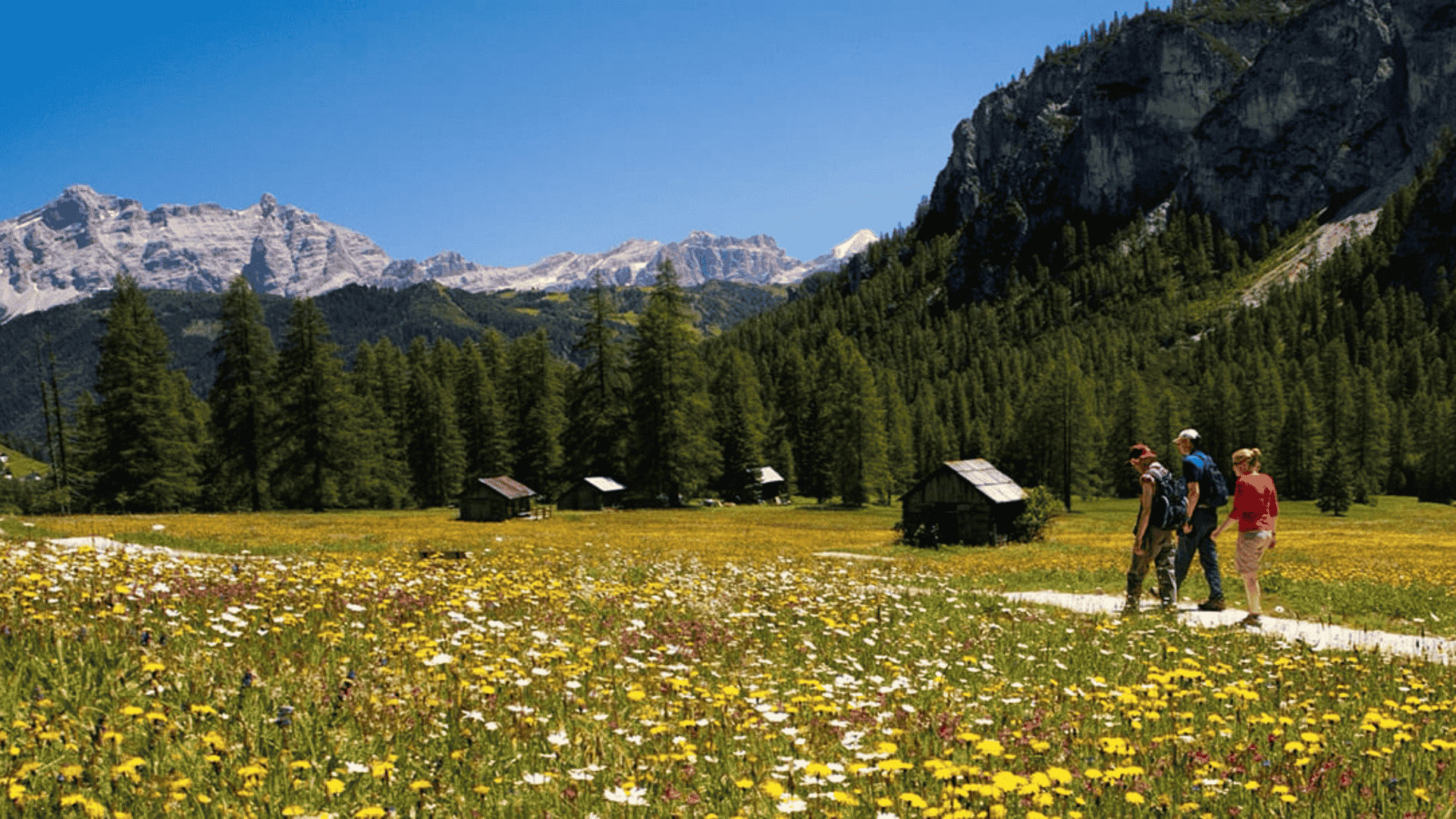
Source: colletts.co.uk
The Dolomites offer year-round beauty, but timing depends on your preferred activities.
June to September brings stable weather and fully open hiking trails, making it perfect for summer adventures and mountain exploration.
Late December to March delivers the best snow coverage for skiing and winter sports enthusiasts. For quieter experiences, April–May offers spring blossoms and fewer crowds, while October–November showcases stunning autumn colors with golden larch trees and crisp mountain air.
Each season has its own charm, so choose based on what excites you most about these Italian Alps.
Seasonal Activities You Can Do in the Dolomites
| Season | Activities |
|---|---|
| Summer | Hiking, via ferrata climbing routes, cycling, paragliding; Alpine huts serving local dishes |
| Winter | Skiing, snowboarding, snowshoeing, ice climbing; Christmas markets in alpine towns |
| Year-Round | Scenic drives (e.g., Great Dolomites Road); local festivals, museums, spa resorts |
Travel Planning Tips for the Dolomites
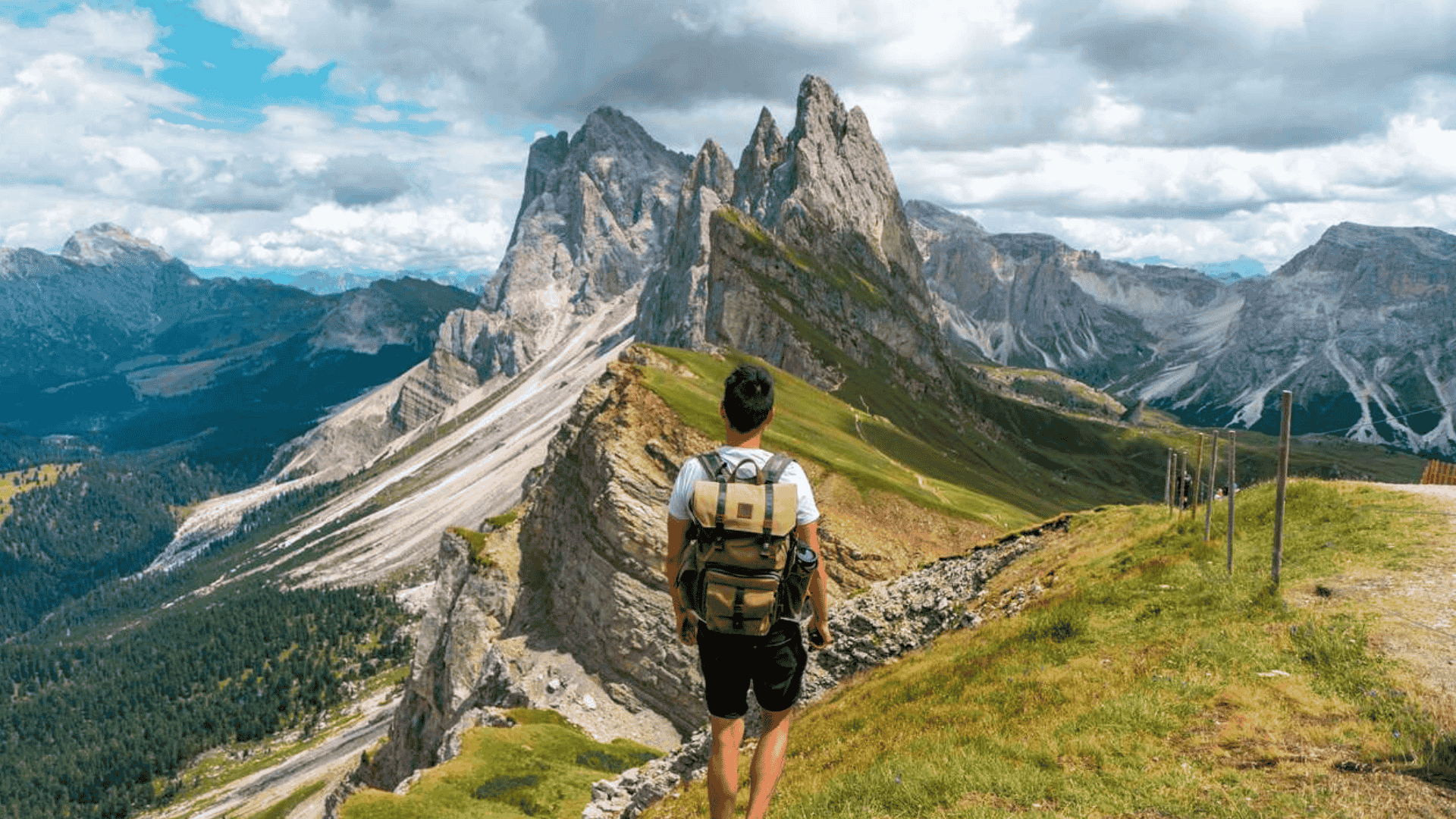
Source: bucketlistly. blog
Plan your Dolomites adventure with smart tips on what to pack, how to get there, and how to prepare for changing mountain weather.
1. What to Pack
- Layered clothing, waterproof gear, and sturdy shoes form the foundation of any Dolomites packing list, as mountain weather changes quickly at different elevations.
- Sunscreen (even in winter) and sunglasses are essential year-round due to intense UV reflection off snow and high-altitude sun exposure.
2. Getting Around
- Car rental offers flexibility for mountain passes and allows you to explore remote valleys and scenic routes at your own pace.
- Public buses and cable cars connect key valleys efficiently and affordably, making car-free travel possible for most major destinations.
3. Weather Resources
- Check local webcams for current conditions before heading out, as they show real-time weather and trail conditions at specific locations.
- Use apps like Meteo Dolomiti for accurate local forecasts tailored specifically to mountain weather patterns and microclimates.
Final Notes
The Dolomites in northeastern Italy offer year-round beauty across three captivating provinces, South Tyrol, Trentino, and Belluno.
With their unique alpine climate, these pale limestone peaks provide perfect conditions for summer hiking from June to September and excellent skiing from December to March.
Understanding the geography and climate helps you choose the ideal season for your interests.
Summer brings stable weather and open trails. Winter delivers pristine snow for skiing. Spring and autumn offer quieter experiences with stunning natural displays. Pack layers, plan your transportation, and check local weather resources before heading out.
Ready to start planning? Bookmark this guide for easy reference and begin researching accommodations in your preferred valley.
Which season calls to you most, summer adventures or winter sports?
Frequently Asked Questions
Is Lake Como in the Dolomites?
No, Lake Como is located in northern Italy’s Lombardy region, about 300 kilometers west of the Dolomites.
Are the Dolomites in Italy or Switzerland?
The Dolomites are entirely in northeastern Italy, spanning three provinces: South Tyrol, Trentino, and Belluno.
What Is Special About the Dolomites in Italy?
The Dolomites are famous for their unique pale dolomite rock formations, UNESCO World Heritage status, and dramatic vertical walls that glow pink during sunrise and sunset.
Which City in Italy Is Closest to the Dolomites?
Venice is the closest major Italian city to the Dolomites, located just 2.5-3 hours away by car.



